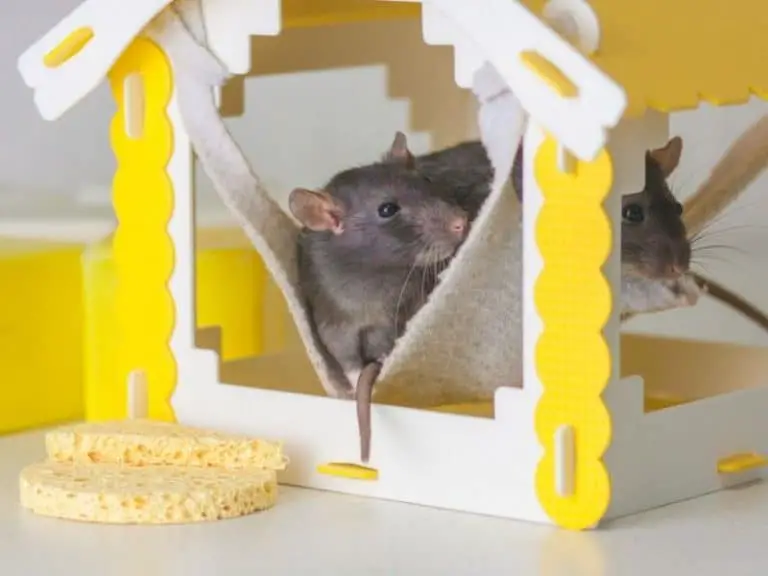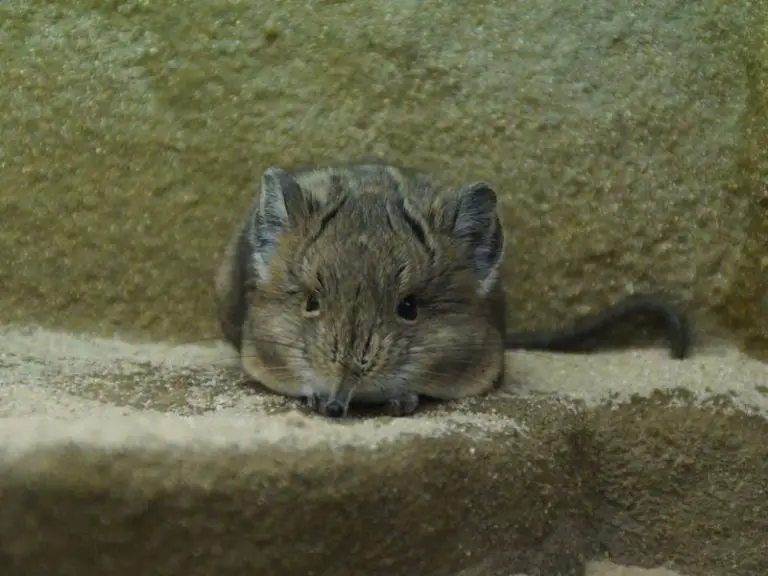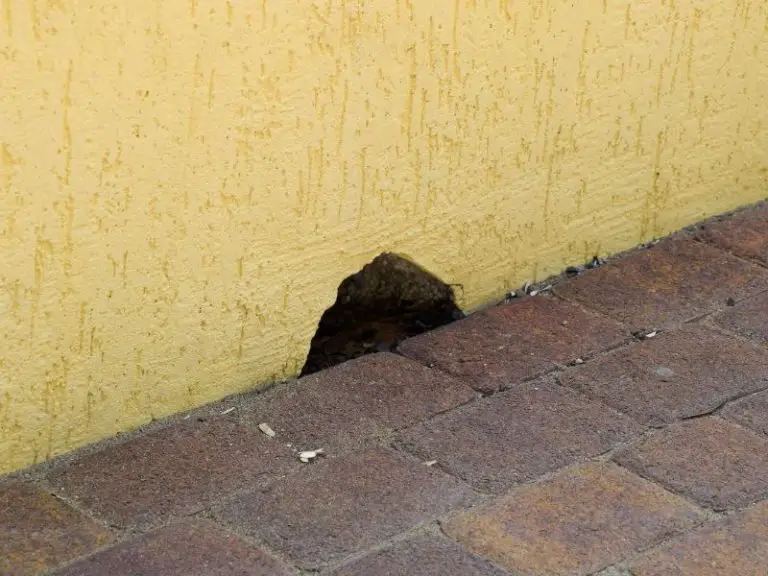Do Mice Hate Aluminum Foil? Science vs. Fiction
The question “do mice hate aluminum foil” may be funny and may elicit a smile in many people, but many people have sworn that they do, thus meriting an investigation if aluminum foil really repels mice.
Mice absolutely hate aluminum foil. It is like kryptonite to them; they feel something unnatural about it and thus avoid it. Its sharp texture scares mice from chewing, digging, or trying to go through it. Also, aluminum foil makes too much noise that repels mice away.
However, it is not enough to just know that they hate aluminum.
You have to know where and how to place these aluminum foils so that they are most effective and repel mice most efficiently.
It is not practical to simply have your aluminum foil strewn and scattered all over your place.
The Effect of Aluminum Foil in Mice
Mice are repelled by aluminum foil due to the following reasons:
- They hate chewing on it; chewing aluminum foil can be unnerving
- They think it is something very unnatural
- They hate digging through it because of its sharp but strangely smooth texture
- They do not want to go through it because of its shiny composition
- They hate clawing through it probably due to the strange sensation they get
- They probably do not like its smell
- Aluminum foil makes surfaces slippery
- Aluminum foil can be noisy; mice cannot quietly slip in and out of your home
Mice steer clear of aluminum foil because of these effects, and maybe they are also repelled by the material for reasons which are still presently unknown to us.
When applying aluminum foil, it does not even have to occupy the entire area where mice want to pass, such as when the foil is inserted into cracks which they use as passages.
The simple placement of the foil is already enough to make mice disappear and keep them away.
Covering countertops where some of your food are and where mice are known to frequent prevents them from returning.
If your countertop has boxes of cereal, crackers, granola bars, and other foods, it would be wise to place aluminum foil on it as a covering. Mice will surely avoid your countertop afterward.
Have you ever tried biting on a piece of aluminum foil?
It is hard to even just think about doing it. The sensation is too alien, weird, and unnerving. And so it is only logical to see how chewing on it would also be distasteful to mice.
Mice are also generally quiet, which is especially useful because they want to avoid detection by you and want to feast on your exposed foods without your knowledge or permission, especially since you will surely disagree anyway.
This gave rise to the term “quiet as a mouse,” which is a reputation mice rightly deserve.
The noise that aluminum foil gives when they are walked upon by mice will repel the mice because it removes the element of stealth in their mission of silently partaking of your bountiful foods inside your house.
Where to Place the Aluminum Foil

It is not really very practical to just put aluminum foil anywhere and everywhere in your home.
This is not only an unnecessary waste of foil, but it will also make your home look unkempt and untidy. So do not just randomly put aluminum foil around your house.
It would be logical and practical to put the aluminum foil at areas where you have observed the highest concentration of mouse activity.
It is also a good idea to wrap certain foods with them that need to be left out in the open. This would provide an ideal protection for your foods against mice who may want to nibble on them and contaminate them.
You can also use aluminum to cover tables and countertops where your foods are located and left overnight.
They may look funny, and could make your table or countertop look like a piece of alien furniture or control panel, but they will keep your food safe from mice.
If you have an idea where the mice in your home come and go (this will most likely be cracks on wall corners), then you can wad some aluminum foil and jam it firmly in that crack or hole.
You can also block other spots in your home which mice may or may not likely use as a passageway in and out of the house.
How to Place the Aluminum Foil
When placing aluminum foil in the cracks on your wall, you may wad the foil or ball it, then stick it into the hole or entrance.
You do not need to cover the entire hole, because the fact that the texture of the aluminum is against the opening means that the mice will already be in contact with the foil’s sharp edges, which repels them.
In places where you find mouse droppings, cover the surfaces with aluminum foil as well.
Apply the foil at night time right before you go to bed. In the morning, fold it up again.
It can be reused the following night, but there is a chance that it already had contact with mice, so that it is recommended that you dispose of it and just use new foil.
Repeat the procedure until you observe that no more mice are bothering you at home.
The advantage and benefits of using aluminum to repel mice
Aluminum foil is indeed a great deterrent against mice.
One of the benefits of using it is that it is a very humane method of removing mice from your home, especially as compared to other methods such as using poison or mouse traps.
It is also a very natural and simple method of handling your mouse problem without having to call exterminators or using chemicals that may be harmful for your children and pets.
Can mice eat or chew through aluminum?
The teeth of mice are very durable. They can and do serious damage to our houses. A mouse is able to chew through plastic, wood, cement, rubber, and vinyl, among other materials. It is also capable of chewing screening made of fiberglass as well as low gauge aluminum screens.
It is worth noting that metal such as wire mesh cannot be chewed by mice.
What are other methods of keeping mice away should aluminum foil fail?
There have been other methods that have been developed to eliminate mice in homes.
One of the best ways of eliminating mice in your home is to simply mouse-proof it. These include preventive measures such as trimming branches over your home to prevent rodent access to your roof.
You can also seal off all holes with durable materials like steel wool and sheet metal. Weatherstripping your doors and window frames prevents access as well.
Remove smelly food material and food wastes in your immediate vicinity, and place trash cans a considerable distance away from your house.
Also, remove any soft and cozy areas and materials that they can use as beddings or nests for their young.
You can also use mouse repellant scents such as cayenne pepper, garlic, and other spicy scents.
It also goes without saying that you should always keep your house clean. A house with lots of clutter, hiding places, leftovers lying around, garbage especially foods, and dirt, are mouse magnets.
You can also use mouse traps and poison.
Remember to use these properly to avoid untoward accidents such as children or pets swallowing rodenticides. You may also call a professional mouse exterminator if everything else fails.
Photo credit: ©canva.com/unol, ©canva.com/banksphotos
Medical Disclaimer: TheHomePestControl is a digital publisher and does not offer personal health or medical advice. The contents of this website are not intended to substitute for professional medical advice, diagnosis, or treatment.
Affiliate Disclaimer: As an Amazon Associate, I earn from qualifying purchases made on our website. If you make a purchase through links from this website, I may earn a commission at no additional cost to you.






